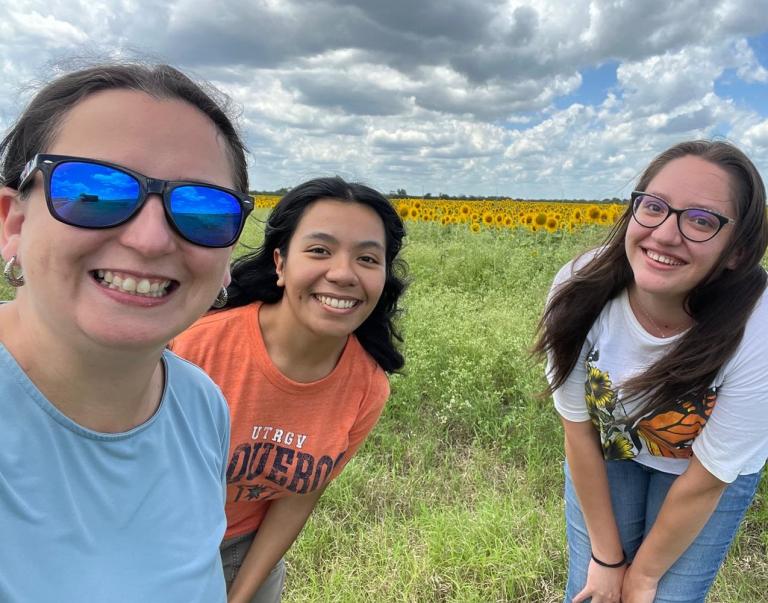Last month, I had the honor to serve as keynote speaker for The Mule Train’s 54th anniversary. The Mule Train left Marks, Mississippi and traveled to Washington, D.C., on May 13, 1968, as part of Dr. Reverend Martin Luther King Jr.’s Poor People’s Campaign to demand economic justice since Marks resided in the poorest U.S. county at the time. However, Dr. King did not witness the Mule Train because he was assassinated the month before the demonstration.
I learned the Mule Train created a legacy of community organizing, while meeting with the Quitman county’s mayors, farmers, farmworker organizations, high school scholars and others.
For example, even though Marks is an agriculture community, the town did not have a grocery store for a few years. The community mobilized and they now have two grocery stores in Marks.
I spoke to the community about information as power and subsequently shared USDA’s definition of a farm, which is any place from which $1,000 of more of agricultural products were produced and sold, or normally would have been sold, during the year. Many in the community found the definition helpful and significant. This information is critical for those in attendance (and for readers of this blog) who are small farmers and think they’re too small to share their voices in USDA’s NASS surveys and censuses.
Every voice matters as these data are used by decision makers from federal to local levels. These data directly impact producers, their operations, families, communities, and industries. That’s why it’s so important for farms of all sizes, in all states and counties, urban or rural, to respond to NASS’s 2022 Census of Agriculture. June 30 is the last day to sign up to be counted in this year’s Census of Agriculture.



